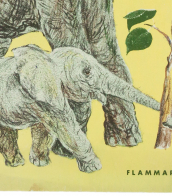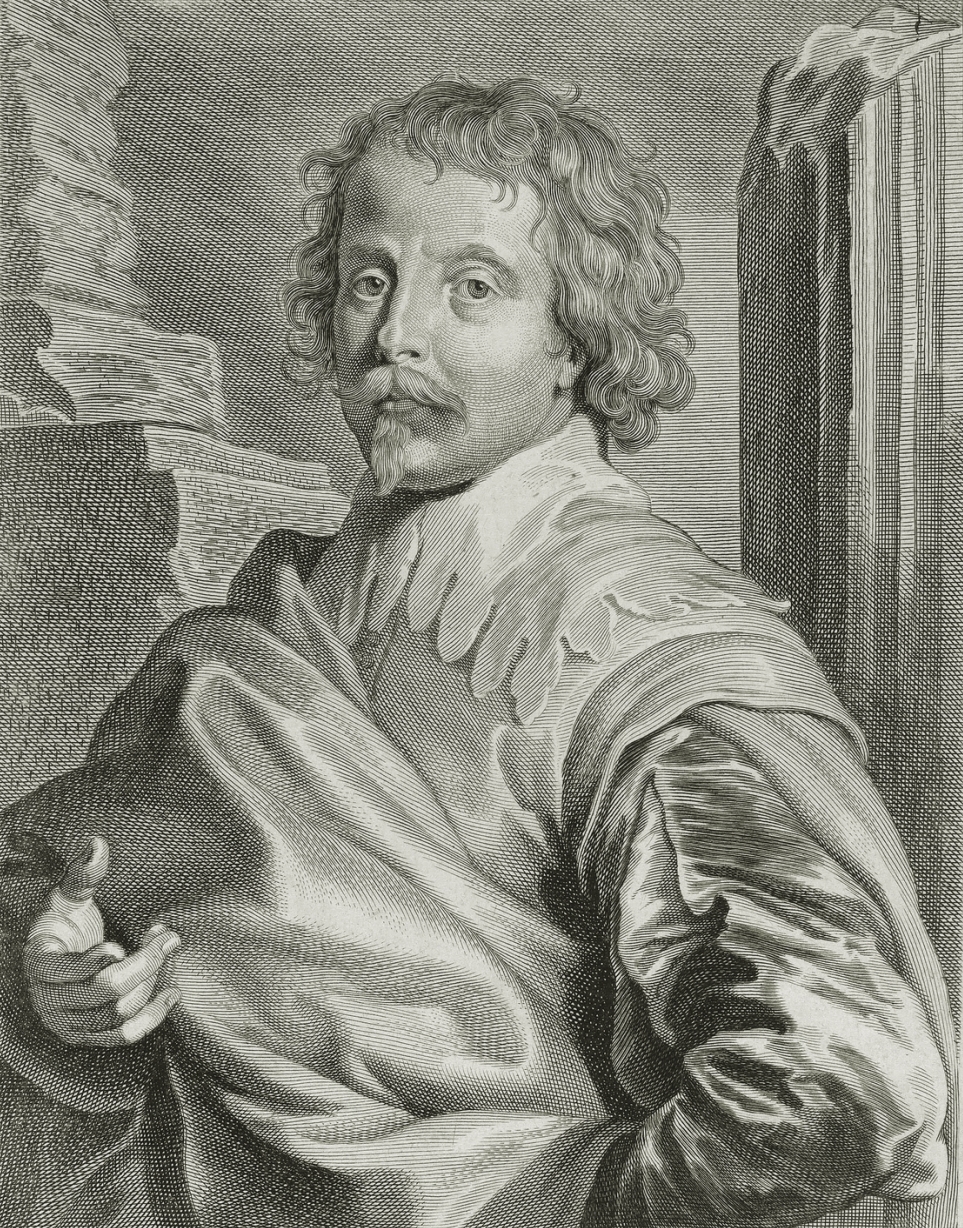историческая живопись



Cornelis van Poelenburgh was a Dutch landscape painter and draftsman of the Dutch Golden Age of painting. He was a leading representative of the first generation of Dutch landscape painters who worked in Rome in the early 17th century. In a group of fellow Dutch Bentvueghels he was nicknamed Satyr. Pulenbrüerg was known for his small paintings depicting Italian landscapes with small figures depicting biblical or mythological scenes.


Gerard de Lairesse was a Dutch painter, printmaker, and art theorist. Known for his classical approach, de Lairesse's work marked a departure from the Baroque style prevalent in the Dutch Golden Age, leaning instead towards the neoclassicism that would dominate European art in the 18th century. His art and theories were deeply influenced by the ideals of beauty, grace, and moral edification, advocating for the selection of the most perfect manifestations of natural phenomena rather than their random imitation.
De Lairesse was not only a prolific painter but also an influential art theorist. His treatises, "Grondlegginge ter teekenkonst" (1701) and "Het groot schilderboeck" (1707), were seminal works that laid down principles of art and aesthetics that influenced not just his contemporaries but also generations of artists to come. He emphasized the importance of adhering to theoretical knowledge and the study of nature, albeit through a lens that filtered out its imperfections, to achieve ideal beauty in art.
Despite facing personal challenges, including a congenital condition that led to the loss of his sight in his later years, de Lairesse remained a central figure in the artistic and intellectual circles of Amsterdam. His lectures, delivered from his home, attracted a wide array of students and enthusiasts, eager to learn from his extensive knowledge and experience.
Today, works by Gerard de Lairesse can be found in prestigious institutions worldwide, including the Rijksmuseum and the Amsterdam Museum in the Netherlands, the Louvre in Paris, the Metropolitan Museum of Art in New York, and the National Gallery in London, among others. His legacy as the 'Dutch Poussin' speaks to his enduring influence on the evolution of European art, bridging the gap between the Baroque and the Neoclassical.
For collectors and experts in art and antiques, Gerard de Lairesse represents an intriguing study in the transition of art styles from the Baroque to Neoclassicism. His dedication to the theory and practice of art makes his work a valuable addition to any collection.
To stay informed about exhibitions, sales, and auction events related to Gerard de Lairesse's work, consider signing up for updates. This will ensure you are always up to date with the latest opportunities to engage with the remarkable legacy of this influential Dutch artist.


Maria Anna Angelica Kauffmann was a Swiss Neoclassical painter who had a successful career in London and Rome. Remembered primarily as a history painter, Kauffmann was a skilled portraitist, landscape and decoration painter. She was, along with Mary Moser, one of two female painters among the founding members of the Royal Academy in London in 1768.


Aert de Gelder was a Dutch painter. He was the only Dutch artist to paint in the tradition of Rembrandt's late style into the 18th century.
As author of biblical scenes and portraits his style was inspired by Rembrandt's, using his artistic ideas, well into the 18th century, without being influenced by contemporary new fashions. From the artistic point of view his work can not be considered as passive imitation of the master; indeed, it stands for inventiveness in the narrative, taste for the theatrical and a strong emotional charge of the characters. All these traits made him one of the most important interpreters of Dutch painting of the late seventeenth century.


Michele Tosini, also called Michele di Ridolfo, was an Italian painter of the Renaissance and Mannerist period, who worked in Florence.



















![Тэн, И. Путешествие по Италии / Пер. П.П. Перцова: [в 2 т.].](/assets/image/picture_1895164/5e4c7/bkni1sqq0jagtjfsfbylr2wnqoknsxwgpdpvhxj04yllvbrfpdpik0vcqr68ckh1638466894jpg__fix_374_244.jpeg)
![Тэн, И. Путешествие по Италии / Пер. П.П. Перцова: [в 2 т.].](https://veryimportantlot.com/assets/image/picture_1895164/5e4c7/bkni1sqq0jagtjfsfbylr2wnqoknsxwgpdpvhxj04yllvbrfpdpik0vcqr68ckh1638466894jpg__fix_374_244.jpeg)



























